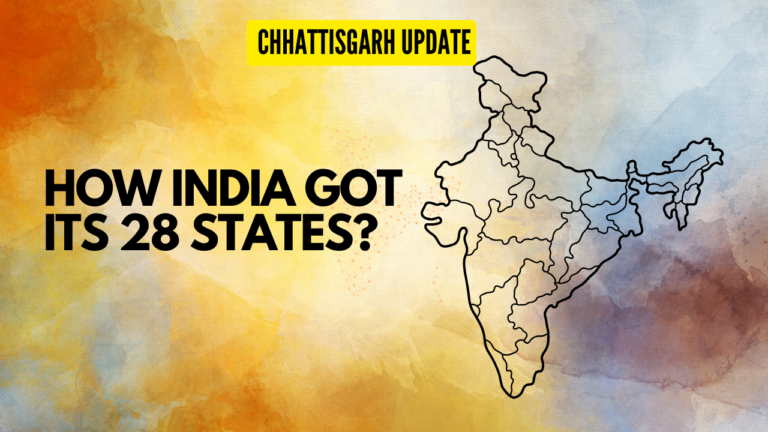Title: Revolutionizing Global Digital Transformation: India’s GDPIR and SIF Initiatives
Introduction
In a groundbreaking announcement during the Virtual G20 Leaders’ Summit, the Prime Minister of India unveiled two transformative initiatives — the Global Digital Public Infrastructure Repository (GDPIR) and the Social Impact Fund (SIF). These initiatives mark a significant leap towards fostering global collaboration in the realm of digital public infrastructure, with the aim of accelerating sustainable development goals in Low- and Middle-Income Countries (LMICs). In this blog post, we will explore the intricacies of GDPIR and SIF, their significance in the digital landscape, and the potential impact they hold for nations worldwide.
The Genesis of GDPIR: Bridging the Knowledge Gap
The GDPIR initiative, born out of a consensus at the G20 Digital Economy Working Group, is a testament to India’s commitment to advancing digital public infrastructure globally. Developed by the Ministry of Electronics and Information Technology, GDPIR serves as a comprehensive resource hub, pooling lessons and expertise from G20 members and guest nations. Its primary objective is to bridge the knowledge gap necessary for the design, construction, deployment, and governance of Digital Public Infrastructures (DPIs).
Key Features of GDPIR
1. **Standardized Information Sharing:** GDPIR showcases information in a standardized format from countries that have successfully developed DPIs at scale. This includes essential elements such as governance frameworks, ensuring a wealth of knowledge for nations seeking to embark on similar initiatives.
2. **Incorporating Best Practices:** The repository acts as a reservoir of best practices, enabling countries to learn from the successes and challenges faced by others in the development and implementation of DPIs.
3. **Global Participation:** Currently featuring 54 DPIs from 16 countries, GDPIR exemplifies global collaboration. It serves as a platform for nations to share their experiences, contributing to a collective understanding of the role DPIs play in shaping digital transformations.
The Social Impact Fund (SIF): Paving the Way for Digital Inclusion
Complementing GDPIR, the Social Impact Fund (SIF) is envisioned as a government-led multi-stakeholder initiative. Its primary goal is to expedite DPI implementation in the global south, addressing the unique challenges faced by LMICs. With an initial commitment of 25 million USD from India, SIF offers financial support to provide both technical and non-technical assistance to countries striving to develop robust DPI systems.
Key Components of SIF
1. **Financial Support:** SIF serves as a financial catalyst, offering much-needed support to countries in the global south. This includes funding for the development, implementation, and maintenance of DPIs, ensuring a sustainable and inclusive digital landscape.
2. **Multi-Stakeholder Collaboration:** SIF provides a platform for all relevant stakeholders to contribute to the fund. This collaborative approach aims to harness the collective expertise and resources of governments, private entities, and civil society organizations towards a common goal.
3. **Accelerating Sustainable Development Goals:** By facilitating DPI implementation, SIF becomes a driving force in accelerating the achievement of Sustainable Development Goals (SDGs) in LMICs. The fund aims to empower nations to leverage digital infrastructure for socio-economic progress.
Digital Public Infrastructure (DPI): A Catalyst for Global Transformation
At the core of these initiatives lies the concept of Digital Public Infrastructure (DPI). Described as a set of shared digital systems, DPIs are envisioned to be secure, interoperable, and built on open standards. They deliver equitable access to public and private services, governed by legal frameworks that drive development, inclusion, and innovation. Examples of DPIs include Aadhaar, UPI, and DigiLocker, which have played pivotal roles in enhancing public service delivery at scale.
The Critical Role of DPI in Digital Transformation
DPI emerges as a critical enabler of digital transformation, revolutionizing the way public services are delivered. By providing secure and interoperable platforms, DPIs lay the foundation for a connected and inclusive digital ecosystem. The examples of Aadhaar, UPI, and DigiLocker underscore how these digital systems have become integral to the daily lives of citizens, streamlining processes and fostering innovation.
Conclusion: A Global Digital Renaissance
India’s announcement of GDPIR and SIF marks a pivotal moment in the global digital landscape. These initiatives not only demonstrate India’s commitment to fostering international collaboration but also pave the way for a global digital renaissance. As nations unite to share knowledge, pool resources, and accelerate digital transformations, the collective impact has the potential to reshape societies, drive inclusive development, and propel nations towards a digital future. GDPIR and SIF are not just initiatives; they are catalysts for a new era of global digital collaboration, where the power of technology is harnessed for the benefit of all.






